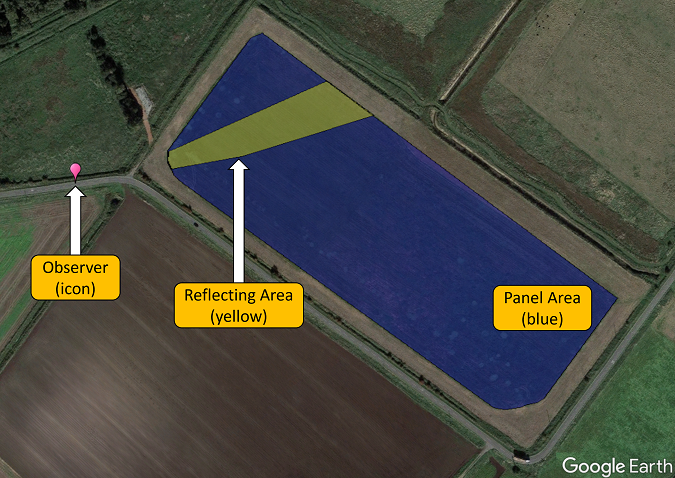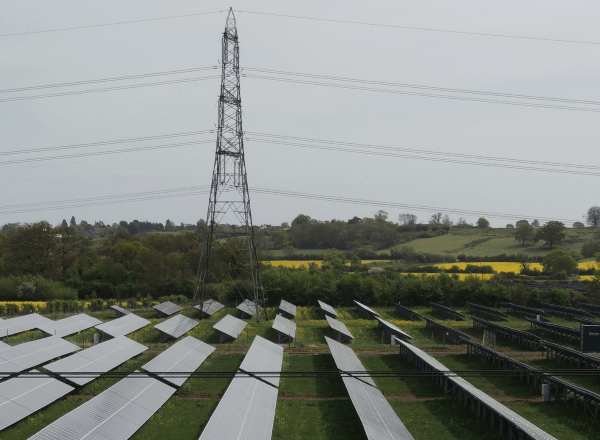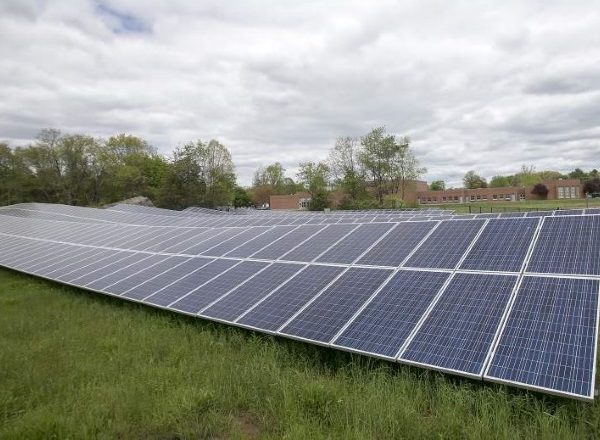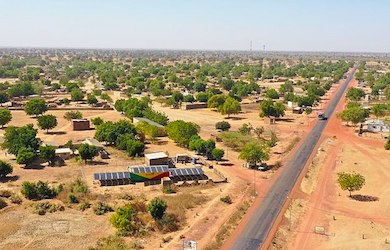Solar photovoltaic developments routinely require glint and glare assessments as part of the planning application. The driving force behind this is the potential for:
- Safety impacts on surrounding roads, railway lines and airports.
- Amenity impacts on surrounding dwellings or other observer locations of particular sensitivity.
Glint and glare effects occur when sunlight is reflected via one or more solar panels towards an observer, who may become distracted or disturbed as a result.
Such concerns are in fact not limited to solar photovoltaics, they are also common for building developments and other reflectors such as sculptures; this article is focussed on solar photovoltaics.
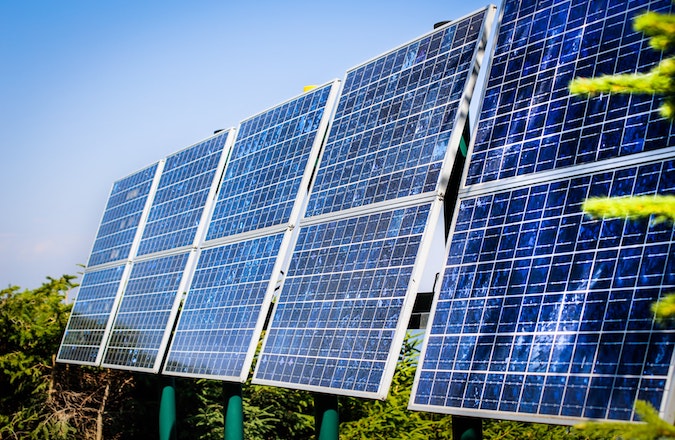 Figure 1: Solar panel reflecting sunlight.
Figure 1: Solar panel reflecting sunlight.
Screening Mitigation
The most suitable solution for potential glint and glare effects when it comes to ground-mounted solar schemes is often to screen offending panels from view via landscape screening.
Screening at a site boundary as a solution is often preferred because:
- It does not significantly affect the generation potential of the scheme.
- Screening height requirements are often similar to the solar panel maximum height, which is often achievable for landscape planting.
- Landscape screening is often proposed for ground-mounted solar applications for landscape and visual impact/biodiversity reasons.
Other solutions exist; these are not discussed here.
Screening for Solar vs Screening in General
Screening requirements for the mitigation of glare can be more specific than screening requirements that are proposed more generally as part of a solar photovoltaic application. This is a generalisation, no two applications are exactly alike and there will be cases where other screening considerations are explicitly defined. However, in the main, it is the case that screening requirements for solar glint and glare can be the most quantitative.
Solar glint and glare impact significance is categorised differently for varying observer types. For dwelling receptors, significance is predominantly defined by duration and separation distance. For road users and train drivers, it is mostly down to the location of the glare relative to an observer’s field of view.
In cases where significant impacts are predicted, it will be a specific area of panels that have the potential to cause the impact that requires mitigation for any given observer location. This specific area could, in theory, encompass the entirety of the panel area but such cases are rare and are generally confined to small developments such as rooftops with sensitive receptors in their immediate vicinity.
A typical case is illustrated in Figure 2 below. The pink icon represents a modelled driver location, the blue area represents the panel area and the yellow area represents the panels that could cause a significant reflection towards a road user at the observer location. Modelling for any receptor is undertaken at a nominal height above ground level, for road users this is commonly 1.5 metres, a typical eye-level for the driver of a car.
Figure 2: Hypothetical glare scenario.
In such a case, the screening requirement would need to obstruct the panels in the yellow zone from view relative to a 1.5 metre eye-level at the modelled location during the months of the year that glare is predicted by the model. This requirement is very specific. In some cases, the point will be moot because the objectives of the Landscape and Visual Impact Assessment will be such that visibility of the site area will be eliminated with reference to an area containing the modelled observer. In other cases, the level of screening is less well-defined or perhaps just not quantified in this level of granularity.
Complexities of Designing Effective Screening
Quantifying the required screening height is a three-dimensional geometric problem that must account for:
- The terrain elevation at:
- The observer location;
- The reflecting panel locations;
- The screening location.
- The height above ground level of the observer;
- The maximum height of each panel.
Conceptually, the figures below illustrate the process that is followed (in this case for a dwelling receptor).
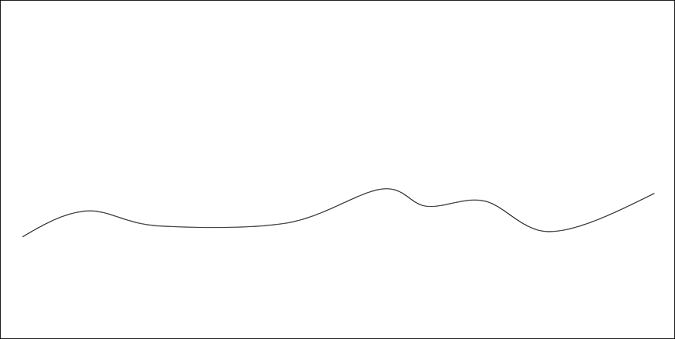 Figure 3: Step 1 – model terrain profile.
Figure 3: Step 1 – model terrain profile.
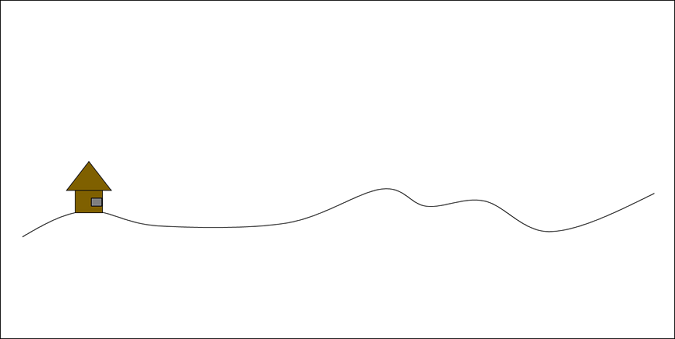 Figure 4: Step 2 – establish observer position and height above ground.
Figure 4: Step 2 – establish observer position and height above ground.
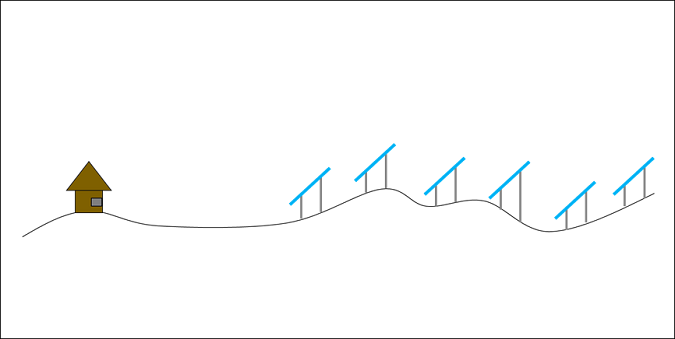 Figure 5: Step 3 – consider height of panels throughout the cross-section.
Figure 5: Step 3 – consider height of panels throughout the cross-section.
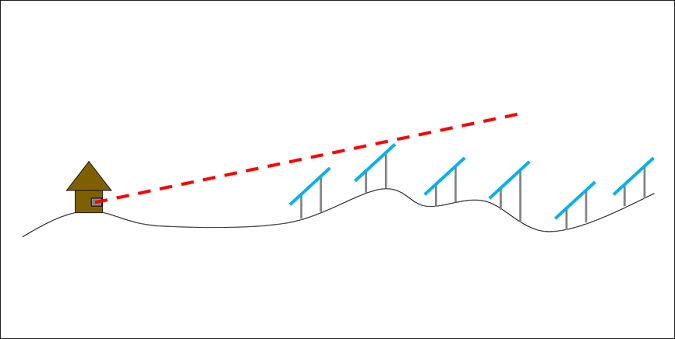 Figure 6: Step 4 – identify most elevated panel throughout the cross-section.
Figure 6: Step 4 – identify most elevated panel throughout the cross-section.
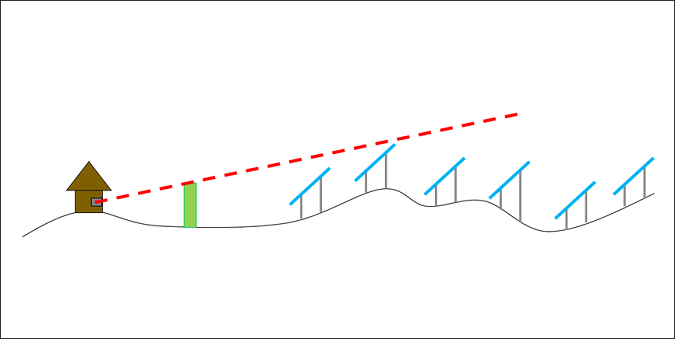 Figure 7: Step 5 – quantify required screening to cover most elevated panel.
Figure 7: Step 5 – quantify required screening to cover most elevated panel.
It is important that any glint and glare assessment explicitly defines the observer locations that require screening as well as the associated reflecting areas. Following this, the process set out above (or an equivalent one) can be followed in order to design effective screening.
More Information
Pager Power’s glint and glare guidance document defines our approach to quantifying glint and glare impact significance. This has been based on literature review, stakeholder consultation and peer engagement. It can be viewed or downloaded for free here.
Pager Power’s white paper regarding field of view as it pertains to observers of glint and glare can be read here.
An overview of some technical modelling output from Pager Power’s assessments is given here.
Pager Power
Pager Power has developed proprietary software for evaluating all aspects of glint and glare from a solar development, including areas causing significant impacts and calculating the level of screening required to adequately mitigate these effects. If you would like advice for a project, or are interested in more information, please do not hesitate to get in touch.
Thumbnail image accreditation: Flash Dantz (May, 2021) from Unsplash.com. Last accessed January 5th 2022. Available at: https://unsplash.com/photos/lAELCxtP-l8
4 Comments
-
Thank you for pointing out that screening specifications for glare mitigation might be more detailed than screening specifications presented as part of a solar PV application. My sister claims that she wants to obtain additional energy for the electricity her home produces. I’ll advise her to hire a solar panel installer to put up a solar panel for her home.
-
Thanks for reading!
-
-
Thank you for sharing your article on screening and mitigation for solar glint and glare. I found the information presented in the article to be both informative and insightful.
The article provides a thorough explanation of the potential impact of solar glint and glare on various stakeholders, including pilots, drivers, and nearby residents. It’s important to take into consideration the impact that solar glint and glare may have on surrounding areas when planning and designing solar projects.
Furthermore, the article highlights the importance of screening and mitigating the impact of solar glint and glare through various strategies, such as orientation, design, and use of materials. By considering these strategies during the planning and design phase, solar projects can be developed in a way that minimizes any potential negative impact on the surrounding environment.
Overall, the article serves as a useful guide for professionals working in the solar industry and for those involved in the planning and design of solar projects. It is a great reminder of the importance of being aware of the potential impact of solar glint and glare and taking appropriate steps to mitigate any negative effects.
Thank you again for sharing this informative article.
-
Thank you for reading. If you are interested in this and related topics, please consider subscribing to our newsletter.
All the best.
-

